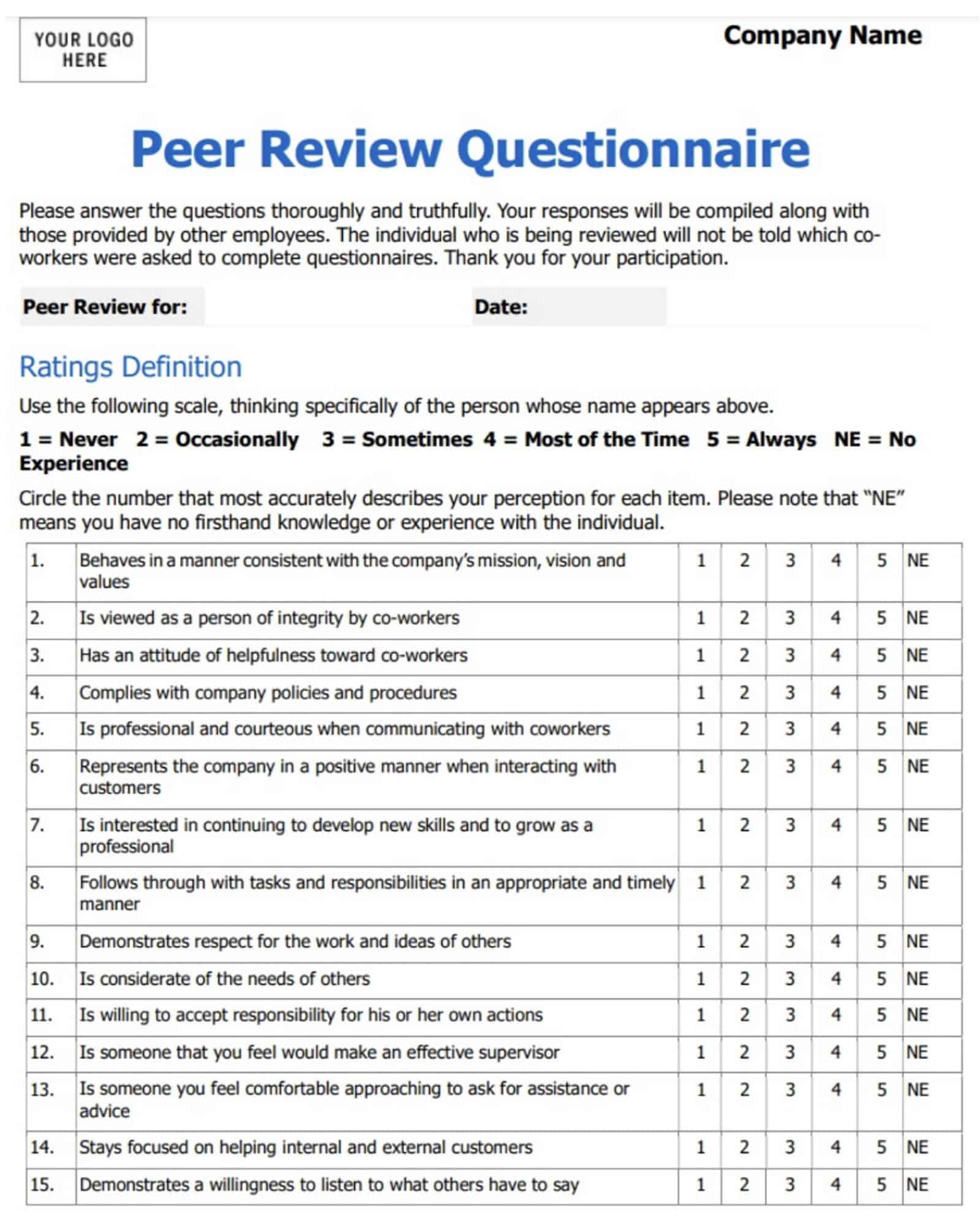
19 min read
Software Developer Onboarding Checklist
Introduction
Finally, you’ve sent a job offer to a software developer and received its approval. A lot of effort is left behind, so you’re highly interested in a return on your investments.
But the fact is that all your previous activities related to hiring surely haven’t guaranteed your new employee will start working efficiently from the very beginning, and then will stay a member of your team for a long time.
A properly planned and executed onboarding process is what comes to the rescue when we speak about efficient new staff involvement. In this article, we’ll cover the next aspects of software development onboarding:
- What are staff onboarding and particularly software developer onboarding
- What’s included in the onboarding process
- Why the onboarding of remote software developers is so important
- How is the software developer onboarding process checklist should look like
- A detailed review of each point of the checklist.
Here we go!
Software Developer Onboarding Checklist: What Is It, What Are the Goals of Onboarding, and Why Is It Important
What Is Staff Onboarding?
Staff onboarding is the process of an acquaintance of a new staff member with the employing company, their processes, staff, and company culture, as well as with their working environment and duties. The overall goals of the onboarding program are
- To make the engagement process more comfortable for all the parties
- To help newcomers approach their working duties as soon as possible
- To help new employees start showing full productivity sooner
- To boost the staff’s performance and engagement
- To reduce the attrition rate
- To avoid situational talent crunches.
The Goals of Onboarding
The staff onboarding process isn’t just a simple acquaintance with a new team member. It usually includes several strings of activities aimed at the goals described below.
| No. | Description | Examples or details (if needed) |
| 1 | Preparation of the necessary documents | — Contract; — NDA or any other additional agreement; — Insurance policy; — Any required technical documentation |
| 2 | Helping the employee get familiar with the other employees and corporate culture | — Greeting email; — Initial meeting; — Welcoming meeting, etc. |
| 3 | Arranging an efficient communication process between the employee and the rest of the team | — Repetitive meetings with the team; — Mentoring and supervising; — Corporate communication tools |
| 4 | Ensuring the new team member is sufficiently involved in the work processes | — Performance review; — Personal development plan; — Code review |
| 5 | Provision of the required hardware tools | — Laptop; — Mobile devices; — Peripherials |
| 6 | Setting up the working environment | — Required software tools installation; — Providing credentials; |
| 7 | Achieving and then keeping a high level of employee motivation | — Performance review; — Remuneration size review; — Non-financial bonuses — sports, books, events, etc. |
| 8 | Ensuring the employee can constantly improve their existing skills and learn new ones | — Performance review; — Personal development plan |

Why Software Developer Onboarding Process Is so Important?
Looking at the goals of employee onboarding, it becomes clear that the process offers various benefits. But is it really so important to not skip the onboarding? Maybe it isn’t a big deal not to use it every time?
To find the answers, let’s take a look at the numbers tied to the hiring process.
- The average spending on hiring a software developer is ranging from 12% to 22% of their yearly salaries.
- According to Glassdoor, the average U.S. software developer’s salary is $95,490. So, every single hire of an experienced developer costs companies from $11,400 to $22,000, based on the hiring approach they use.
- About 17% of new team members part ways with their employers within a period from one week to three months from the hiring moment.
- The proper onboarding implementation increases employee retention by 82%, as well as productivity by 70% on average.
- The cost of the new employee onboarding is about $1,500.
As you can see, you’ll lose a lot of money in case of unsuccessful employment rather than spend on its prevention with proper onboarding.
The Onboarding Checklist Briefly
Below you can find an example of the software developer onboarding checklist we’re discussing here. This is just a brief presentation: each point from the picture below will be detailed in the next block of our article.

In some sources, the onboarding process isn’t limited to the first three months and also includes the next stages — the first six months, the first year, and so on. In our opinion, the actions aimed at these late stages shouldn’t be attributed to onboarding. These actions are mostly about the personal development of an existing, already onboarded employee.
What Should Be Included in Each Point of the Onboarding Checklist
Now, let’s review all the points of the checklist proposed above in detail. This will help you better understand which actions are necessary for every single one of them.
Prior to the First Working Day
Set the goals to be achieved and tasks to be completed within the trial period
Probation is a period with many unknowns for both employees and the company. To minimize this mess, the company must apply efficient planning and management.
Each successful planning process should start with setting goals. Within the onboarding process which rarely lasts longer than three months, short-term goals prevail over long-term ones. So, the goal-setting activity should look as follows:
- Mapping precise milestones to be achieved, sets of activities for each step, and anticipated results. For example, your new front-end developer must engage in the project, start commercial development not later than two weeks after day one, as well as handle a list of certain job-related and measurable activities.
- Arranging interim performance reviews (define their form, tools that will be used, persons involved, and frequency). Your employee should always be aware that their professional development is rather important for the company and never stops for a second.
- Outlining achievable and measurable criteria based on which you understand that initial goals are accomplished (define what you expect the employee to demonstrate by achieving a goal, set individual KPI).
- Establishing an explicit corporate culture for the new hires to follow.
- Scheduling daily, weekly, and monthly meetings or calls with the team for status checks, to address issues, collect feedback on the onboarding process and amend the plan,
- and whatever your plans for a new employee might be.
Some goal-setting documents are quite illustrative:
Prepare and send a greeting email with all the necessary information
A greeting letter (or a couple of such if there’s a gap between accepting the offer and the joining date) helps calm down the new employee in the most stressful time. It also delivers the information that navigates the new developers through the company’s processes and precise plans for the trial period.
So below are the pieces that should be included in the greeting letter before the new team member shows up for work.
- Employment documents: a working contract, an agreement for processing personal data, non-disclosure and non-solicitation agreements (optional), inventory lists, etc.
- Some necessary reminders: starting date, contacts, door codes, as well as a short list of some other employees, could be helpful in different cases.
- Tutorials, process descriptions, and guides for those activities in which the new employee is involved.
- Materials about the company’s corporate culture. The most often, among them are digital employee handbooks, presentations about company background, statements of values, mission, and vision, etc.
- Schedules for the first working day and week, as well as approximate agenda for longer terms (e.g. the 30, 60, and 90-day plans at the highest level). Here also comes a list of meetings the newcomer must visit during their first days.
- Credentials for a personal corporate email.
- A list of perks the company offers to their employees.
Assure the employee’s greeting package is ready
Giving company-branded merch to new employees may seem optional. The truth is that these gifts are an important emotional part of the engagement. Moreover, this is quite a steady global tradition nowadays. We bet you don’t want to be branded as a cheapskate, right?
There is no matter to detail what could be included in the greeting package. May just advise you to send the package in advance for a remote worker, or present personally during the upcoming initial meeting in the office.
Schedule an initial personal meeting
Plan a meeting with the new employer within day one to settle the infrastructure and paperwork issues. For both you and your employee, this is a strong measure for reducing the mess.
If the developer is supposed to work remotely, greet them on Zoom or Google Meet together with other key team members.
Prepare all the required credentials and hardware
Make sure the new developer has all the necessary hardware. Arrange computer setup in the office before the developer’s start date and secure the availability of all tools and software the team utilizes (messengers, task managers, bug trackers, etc.).
In case the employee works on their own equipment, then either provide them with a list of apps to install beforehand or arrange assistance. For remote employees, you plan to deliver equipment to their apartment and order it in advance.
Provide the employee with all credentials:
- create corporate e-mail and share login details;
- grant access to the corporate tools, working environment, company software tools, and services, messengers, etc.;
- add the employee to all the team chats, project management system, internal knowledge management, corporate learning, and other systems your business uses. introduce them there as well tagging all the contact persons the new team member is supposed to communicate with.
Navigate the employee by specifying how to use the proposed software, which chats are for work and communication, etc. And do it proactively, don’t wait until the newcomer asks any question. Often people hesitate to ask something important they consider foolish questions.
If the equipment and software are prepared in advance, the developer will be able to launch all the necessary tools and access accounts without spending time on the authorization and feeling confused on the first working day.
Plan the employee’s first working day
The rule of thumb is that the first working day should not be totally overpacked. Probation is not a pleasant period overall and no one wants their new colleague to burn out quickly.
So, leave them some room for learning and adjusting to the rhythm at the beginning. The amount of work should increase gradually so that the newcomer remains not overwhelmed with too much information and tasks.
The schedule for the start day can include start time, regular group meetings, as well as some one-to-one meetings (or calls) with the mentor and the team, lead to discuss the employee’s first steps (tasks, goals, milestones, etc.).
On the First Working Day
Announce the new hire to other employees
Drop a line in the company’s general chat or via e-mail to introduce the new person to other team members. Specify their name, and position and add some facts about their personality, interests, place of birth, or any other details to make it more casual and fun. The other team members will likewise be able to post self-introduction pieces in return.
It also makes sense to tag the key team members (together with their positions and role in relation to the newcomer) with whom the new developer is supposed to communicate during probation so that the employee knows whom to approach.
Run a welcoming meeting to introduce the employee and the other staff to each other
This is just an initial meeting to make your new employee familiar with the other team members. Here you can schedule sessions with the mentor and team leaders to discuss the way the work and communication are supposed to be arranged.
Ensure the working place is up and running
Double-check if everything is set to go:
- All necessary equipment is in place and works fine;
- All required software, tools, and apps are installed. Take the time to explain how to work with software to the newcomer;
- All accounts are accessible and the new employee has all the login details.
In case something is off, there’s still time to fix it. And don’t forget about the proactivity within your communication with the newcomer!
During the First Week
Arrange and plan repetitive meetings
Schedule daily meetings or calls to catch up on the status and progress of the tasks. Keep the new team member posted with ongoing production processes so that they could feel related to the project and the team.
Set and plan the first active tasks
Once the company is highly interested in the fastest possible start, it’s time to think about planning the first work-related tasks. The responsibility of a team lead is to make it as smooth as possible.
Start assigning such tasks only after assuring that the new employee has access to internal documentation and code repositories; understands the criteria of code checking applied in the company; involved in regular meetings and day-to-day team routine.
Meet the employee with their mentor and arrange an effective mentorship
Schedule regular feedback sessions with the mentor for sorting out the completed tasks. An intensive learning process enables the new developer to adjust to the company’s rhythm quickly, so it’s important that such one-to-one meetings or calls happen frequently. Consistent mentorship makes the employee feel supported by colleagues and adds confidence.
During the First Month
Run regular meetings with the supervisor
Continue regular check-ups with the mentor once a week to track employees’ progress and task performance. Since assigned tasks become more complex and workload increases over time, consistent monitoring ensures you don’t miss any potential problems.
Also, arrange a meeting or call with the team lead once a month to check how the adaptation process going or if the employee has tackled any challenges.
Ask for regular feedback and process it proactively
Ask your new employee for feedback at each stage of onboarding to add support right away to the ongoing processes and modify the structure for later. You can request feedback in a free form or share a questionnaire to fill in.
Set the regular employee’s code review process
Share detailed feedback on the developer’s code pieces and help them with advice based on your more extensive knowledge and experience.
Arrange a wrap-up session at the end of the month
The first month is an important milestone and an occasion to gather a big meeting or a call with the team member involved in the onboarding process. Such wrap-up meetings are usually held by the team lead.
During the First Quarter (or the Rest of a Trial Period)
Analyze the employee’s performance during the trial period
Aspects of the employee’s performance to analyze (depending on the employee’s seniority level, some of the points might not be applicable):
- Professional knowledge;
- Productivity and goal achievement;
- Planning and organization (self-organization, prioritization);
- Interpersonal communication and teamwork skills, problem-solving;
- Work ethics;
- Attitude (proactivity, flexibility, dedication, reliability);
- Leadership (delegating, responsiveness, determination, cooperation);
- Creative approach and mindset (receptiveness to innovation, problem-solving);
- Aspiration for personal development and growth (training, skills improvement, career planning).
Design a personal development plan for the employee
Draw up an individual growth and career plan for the new employee for the next 6-12 months based on their current level, personal professional ambitions, and the company’s goals.
Ask the employee about their professional aspirations, industry goals, what position they would be happy to get in the future, and what inspires and motivates them. At the same time, consider what the company can afford to offer the employee given its budget and relevance to its goals. Evaluate employees’ current skills and capabilities.

At the End of the Trial Period
Receive feedback from employees’ colleagues
Apart from the mentor and team lead, ask team members who happened to work with the new teammate during their trial period. Ask them personally or request them to fill in a questionnaire.

Sign a contract
Once your employee has successfully passed the trial period, it usually means they continue their work in a team.
Plan the employee’s further work in case the trial period is passed successfully
Decide which projects to assign the employee to, plan their workload, and prepare tasks for them on a rolling basis.
Review the remuneration size based on the actual performance level and the preliminary agreements you have with the employee
Compare your initial expectations from the newcomer with the results they demonstrated in the course of the trial period. Analyze how their performance correlates with the company’s KPI and set a wage that balances the cost of the employee and the profit they can bring.
Conclusion
As you can see, the checklist is quite long and has multiple stages. You can use a smart approach to it: consider every single point thoroughly, analyze it within a prism of your specific case, and you’ll find how to accord it to your special needs.
The best advice here is not to give up on your staff onboarding process. The worst thing you can do is to leave your new employee alone just after hiring.
Remote tech teams & the future of work blog
Remote tech teams & the future of work blog
Your form has been successfully submitted.


